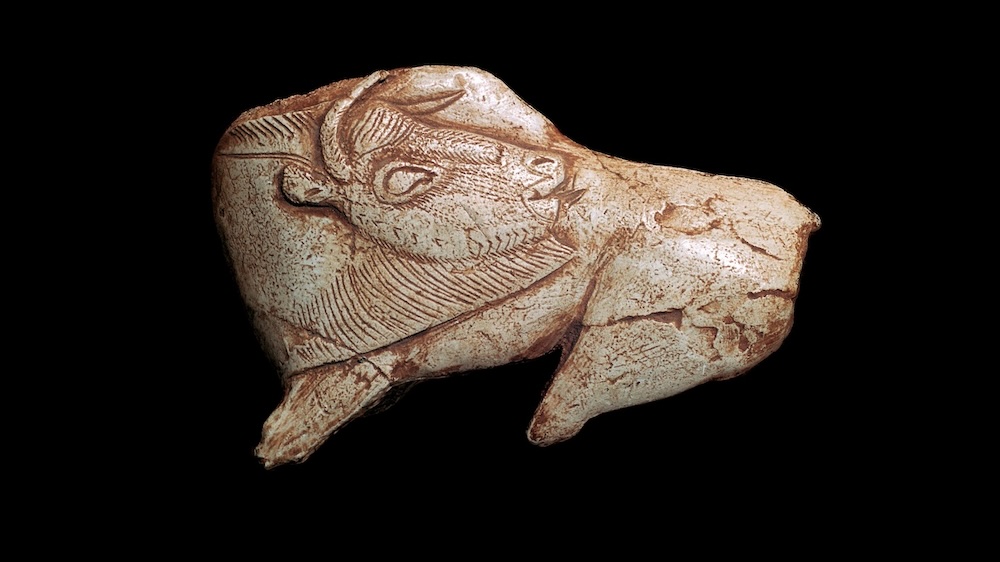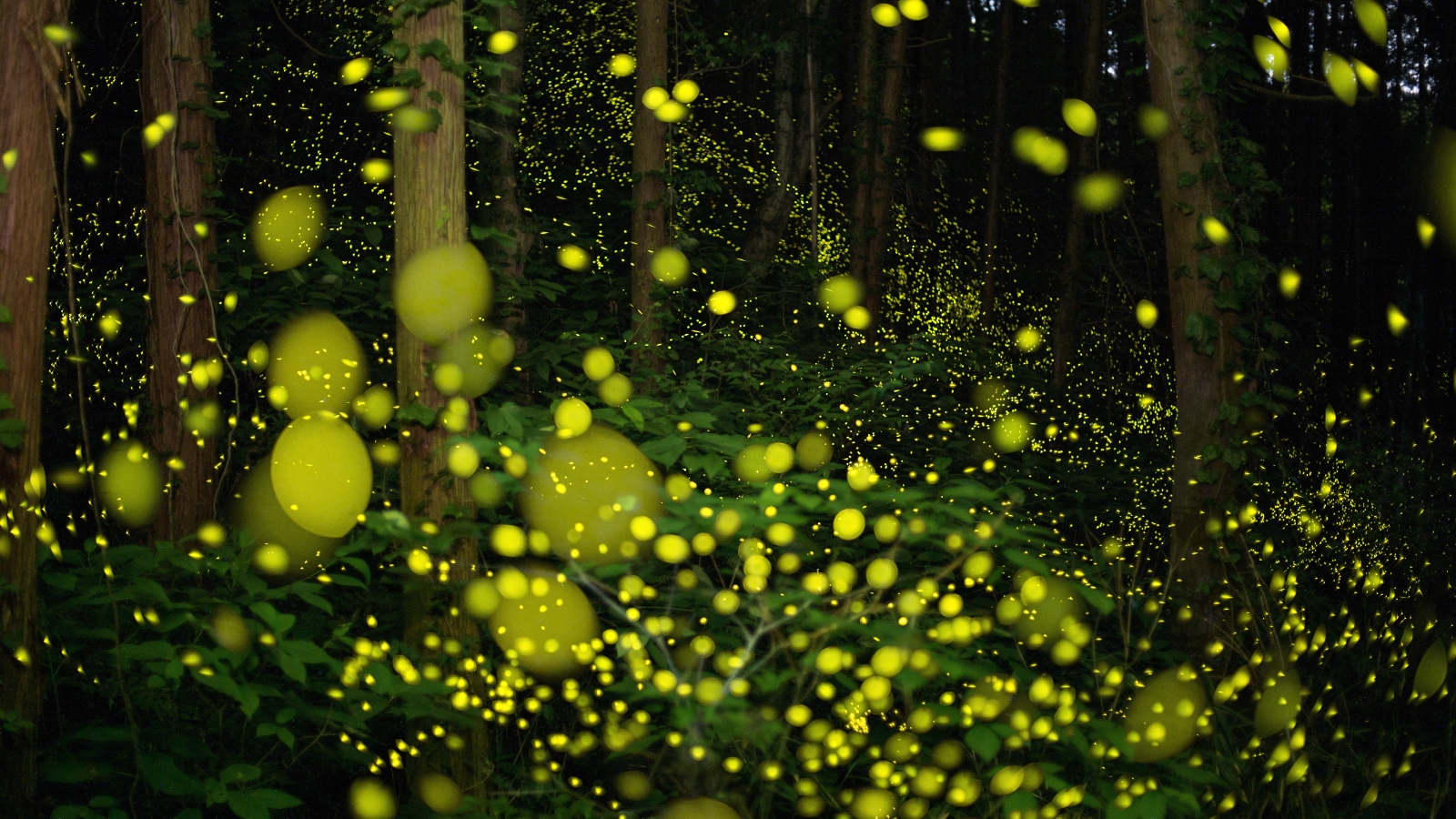Bison Licking Insect Bite: A 14,000-year-old lifelike figure carved from a weapon
The small carving was made 14,000 years ago by a group of hunters.

Name: Bison Licking Insect Bite
What it is: A figurine of a bison licking its flank
Where it is from: Abri de la Madeleine (Magdalene Shelter) in St Remèze, France
When it was made: Approximately 14,000 years ago
Related: Arthur's Stone: A 5,700-year-old monument in England linked to the legend of King Arthur
What it tells us about the past:
This prehistoric carving, discovered inside a cave in France, depicts a steppe wisent (Bison priscus), a now-extinct species of bison. It was crafted from a piece of reindeer antler that was previously used as a spear thrower for hunting, according to the Bradshaw Foundation.
Get the world’s most fascinating discoveries delivered straight to your inbox.
Despite its small size — roughly 4 inches (10.5 centimeters) wide — the figurine contains a wealth of meticulous details, including finely carved individual hairs across the animal's body and a pair of horns jutting from its head, giving the piece a lifelike quality.
Archaeologists attribute the artifact to the Magdalenian, a Paleolithic culture that existed in Europe between 23,000 and 14,000 years ago, during the last ice age. These people were known for their elaborate artworks, including charcoal cave paintings and engravings using stone and bone tools, according to the Natural History Museum in London.
Not only were they expert artisans, but the people behind the Magdalenian culture were also adept big-game hunters who focused on hunting horses and bison. Researchers think that because food was plentiful, members of the culture had enough leisure time to focus on other endeavors, including art.
The artifact is currently housed at the National Museum of Prehistory in Les Eyzies, France.
Jennifer Nalewicki is former Live Science staff writer and Salt Lake City-based journalist whose work has been featured in The New York Times, Smithsonian Magazine, Scientific American, Popular Mechanics and more. She covers several science topics from planet Earth to paleontology and archaeology to health and culture. Prior to freelancing, Jennifer held an Editor role at Time Inc. Jennifer has a bachelor's degree in Journalism from The University of Texas at Austin.


